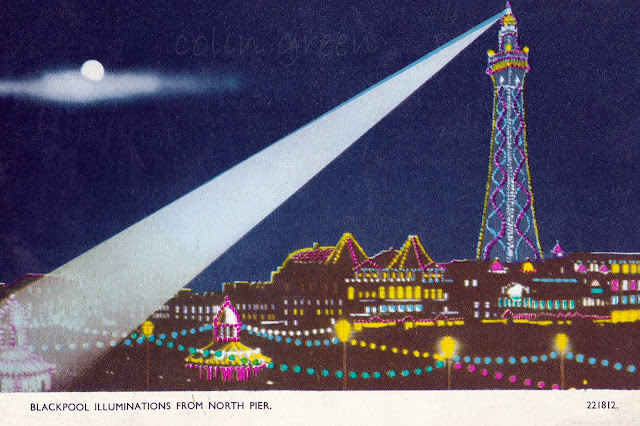There's something uniquely captivating about old postcards. They're not just pieces of paper; they're tiny time capsules, offering a snapshot of a moment long past, a glimpse into landscapes, architecture, and daily life that may have changed dramatically. Today, I want to share a particular treasure from my collection: a vintage postcard depicting the iconic Admiralty Pier in Dover.
Looking at this sepia-toned image, I'm immediately transported to a bustling scene on the English Channel. The perspective from the pier itself stretches out into the vastness of the water, with the sturdy railings leading the eye towards the distant horizon. The details are what truly bring this image to life:
- The imposing structure of the Admiralty Pier: Built to withstand the relentless power of the sea, the pier itself is a testament to Victorian engineering ambition. Its robust construction speaks volumes about its purpose – to provide shelter and facilitate the vital maritime traffic of Dover.
- The lighthouse at the end: A beacon of safety for countless mariners, the lighthouse stands as a silent sentinel, guiding ships through the busy waters.
- Vessels in the background: Although somewhat indistinct, we can make out what appears to be a ship further out, perhaps a cross-channel ferry or a cargo vessel, highlighting Dover's role as a major port. The smaller structures in the water hint at the complex infrastructure needed to support such a busy maritime gateway.
- The vastness of the Channel: The sea itself, with its gentle swells, evokes the constant movement and energy of this critical waterway.
Why is the Admiralty Pier so significant?
The Admiralty Pier in Dover is more than just a pier; it's a monument to Britain's maritime heritage and its strategic importance. Its construction began in 1847, driven by the need for a deep-water harbour to accommodate the growing naval fleet and to serve as a vital link for cross-channel communication and trade. For decades, it was a hub of activity, witnessing the departure and arrival of countless ships, soldiers, royalty, and ordinary travellers.
Think of the stories this pier could tell! It would have seen:
- Victorian grandeur: The departure of well-dressed passengers on their grand tours of Europe.
- Wartime readiness: The comings and goings of naval vessels during various conflicts, especially the World Wars, given Dover's critical role in defending the realm.
- The evolution of travel: From paddle steamers to more modern vessels, the pier adapted to the changing face of maritime transport.
Dating the Postcard
While there's no precise date on the postcard itself, the style of the photograph, the sepia tone, and the general appearance of the vessels and pier suggest it likely dates from the early 20th century, perhaps between 1900 and 1930. This was a golden age for postcards, which served as both mementos and a primary means of quick communication. The "208/105" in the bottom right corner is a publisher's reference number, common on postcards of that era.
A Piece of My Collection, A Piece of History
For me, this postcard is more than just an image; it's a tangible link to a pivotal location in British history. It sparks curiosity about the people who walked that pier, the ships that docked there, and the events that unfolded against its backdrop. It serves as a reminder of Dover's enduring role as the "Gateway to England" and the sheer ambition and engineering prowess of generations past.
Clicking the images below should open a link in another window to my Colin Green Photography store on Zazzle.
Please take a moment to share this post, follow me on social media, and explore my work on Photo4Me and Clickasnap using the links below. Your support means a lot!




































